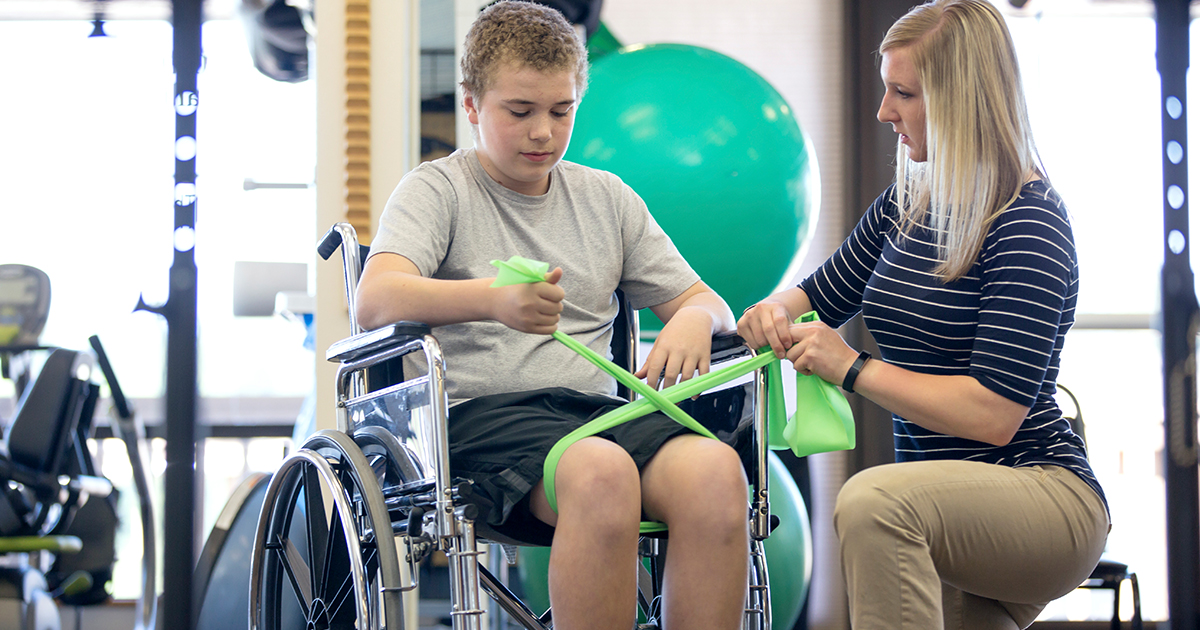Key Signs Of Duchenne Muscular Dystrophy
Duchenne muscular dystrophy (DMD) is a hereditary disorder that involves progressive muscle weakness and degeneration. There are nine overarching types of muscular dystrophy. In the case of Duchenne muscular dystrophy, a patient doesn't create dystrophin, which is one of the proteins responsible for keeping the muscle cells intact. The symptoms usually start between the ages of three and five. Though the disease usually affects boys, there have been rare cases where girls develop some symptoms. It should be noted the mother is the one who passes on the gene for Duchenne muscular dystrophy. A milder disease, Becker muscular dystrophy, has the same symptoms but typically presents in adolescence or early adulthood. It also progresses more slowly and less predictably than Duchenne muscular dystrophy, as well as primarily affecting girls.
Learn about the key signs of Duchenne muscular dystrophy now.
Muscle Weakness

The most characteristic symptom of Duchenne muscular dystrophy is muscle weakness, which can begin around age three or four. The first muscles affected are typically the thighs, shoulders, hips, and pelvic region. As the disease progresses, there will be weakness in the voluntary muscles found in the legs, trunk, and arms. In many cases, the calves become enlarged. The skeletal muscles throughout the body are affected. By adolescence, the majority of Duchenne muscular dystrophy patients must use a wheelchair because of the weakness in their skeletal muscles. The condition doesn't have any known cure, but certain treatments can help manage symptoms.
Keep reading to reveal more symptoms of Duchenne muscular dystrophy now.